
- For PC
- For MAC
- For Linux
- OS: Windows 10 (64 bit)
- Processor: Dual-Core 2.2 GHz
- Memory: 4GB
- Video Card: DirectX 11 level video card: AMD Radeon 77XX / NVIDIA GeForce GTX 660. The minimum supported resolution for the game is 720p.
- Network: Broadband Internet connection
- Hard Drive: 23.1 GB (Minimal client)
- OS: Windows 10/11 (64 bit)
- Processor: Intel Core i5 or Ryzen 5 3600 and better
- Memory: 16 GB and more
- Video Card: DirectX 11 level video card or higher and drivers: Nvidia GeForce 1060 and higher, Radeon RX 570 and higher
- Network: Broadband Internet connection
- Hard Drive: 75.9 GB (Full client)
- OS: Mac OS Big Sur 11.0 or newer
- Processor: Core i5, minimum 2.2GHz (Intel Xeon is not supported)
- Memory: 6 GB
- Video Card: Intel Iris Pro 5200 (Mac), or analog from AMD/Nvidia for Mac. Minimum supported resolution for the game is 720p with Metal support.
- Network: Broadband Internet connection
- Hard Drive: 22.1 GB (Minimal client)
- OS: Mac OS Big Sur 11.0 or newer
- Processor: Core i7 (Intel Xeon is not supported)
- Memory: 8 GB
- Video Card: Radeon Vega II or higher with Metal support.
- Network: Broadband Internet connection
- Hard Drive: 62.2 GB (Full client)
- OS: Most modern 64bit Linux distributions
- Processor: Dual-Core 2.4 GHz
- Memory: 4 GB
- Video Card: NVIDIA 660 with latest proprietary drivers (not older than 6 months) / similar AMD with latest proprietary drivers (not older than 6 months; the minimum supported resolution for the game is 720p) with Vulkan support.
- Network: Broadband Internet connection
- Hard Drive: 22.1 GB (Minimal client)
- OS: Ubuntu 20.04 64bit
- Processor: Intel Core i7
- Memory: 16 GB
- Video Card: NVIDIA 1060 with latest proprietary drivers (not older than 6 months) / similar AMD (Radeon RX 570) with latest proprietary drivers (not older than 6 months) with Vulkan support.
- Network: Broadband Internet connection
- Hard Drive: 62.2 GB (Full client)
Akizuki is the lead ship of her class of 12 destroyers, built for the Imperial Japanese Navy from 1940 until the end of the war. Developed specifically to provide effective anti-air cover for carrier task forces, Akizuki will offer its captains the best anti-air platform available in the destroyer line of the upcoming Japanese naval forces tree, coming to War Thunder with update 1.89!
Briefly: A late Japanese destroyer design, specialized in combating aircraft with its primary and numerous secondary weapons high rate of fire.
In the late 1920s, the first Japanese aircraft carrier task force was created, consisting of two carriers and two destroyers. The two destroyers proved unsuitable as carrier escorts due to lack of capabilities and range, resulting in the need for more specialized vessels becoming apparent.
Initially, cruiser-class ships were chosen to escort carriers, considered, among other benefits, to have decent anti-air capabilities. However, the proposal was dismissed soon afterwards as a number of projected issues arose. Instead, the decision was made to construct specially designed anti-aircraft destroyers, which would fill the role of carrier escorts.
By July of 1938, a design was awaiting approval by the IJN high command. However, the initial design promised unrealistic performance figures and lacked distinct destroyer features, such as torpedo launchers. As a result, the design was ordered for revision, with a new draft being proposed by September. The final draft was then subsequently approved in April 1939 and the first construction orders for the new Akizuki-class destroyers followed shortly afterwards.
Akizuki, the lead ship of the class, was laid down in the Maizuru Naval Arsenal in July 1940 and saw completion in June 1942. Immediately after her commissioning, Akizuki took part in the Battle of the Eastern Solomons in August, followed up by participating in the Guadalcanal campaign. After her first engagements, Akizuki returned to Japan for repairs in late 1942.
In January 1943, Akizuki was engaged by the American submarine USS Nautilus, receiving severe damage as a result. The subsequent repair efforts lasted until October, before the ship was deemed combat ready again. After participating in the Battle of the Philippine Sea in June 1944, Akizuki departed for what would become her last operation in October 1944. During the Battle of Cape Engaño, Akizuki suffered a catastrophic explosion, which ultimately led to her sinking.
Akizuki-class (1944). Destroyer, Japan, rank III.
pros:
- 8х100-mm utility guns
- 35 AA cannons calibre 25 mm
- Heavy torpedoes
cons:
- No AP shells for the main caliber guns
Akizuki will be the top-performing destroyer in the upcoming Japanese naval tree, available to War Thunder captains with the release of update 1.89. Despite featuring a visual appearance characteristic for Japanese destroyers of the time, the Akizuki is in fact unique in its own right and differs from contemporaries in both design as well as intended role.
Unlike most Japanese destroyers, Akizuki was designed specifically to fill the anti-air role and to provide cover for aircraft carriers. As such, shipbuilders fitted the Akizuki with what was considered to be the best Japanese anti-air gun of WWII - the 100mm Type 98 cannon. These eight cannons, spread across four dual turrets, comprise the Akizuki’s primary armament and thanks to their dual purpose nature and extremely high rate of fire, are highly effective against both surface and aerial targets.
While the primary guns would have made up the bulk of Akizuki’s firepower at the time of its commissioning in 1942, the Akizuki that we’ve decided to introduce to War Thunder features a late war refit from 1944. This version, along with the standard primary armament and the quad 610mm torpedo launcher, also features substantially bolstered quantities of anti-air weapons.
As a result, Akizuki offers its aspiring captains an impressive arsenal of smaller caliber AA weapons, consisting of 35 25mm auto-cannons, spread out between multiple turrets! With such an extensive array of auxiliary weapons alone, Akizuki captains shouldn’t have much trouble keeping the skies clear of hostile aircraft in the relative close vicinity of their warship.
While Akizuki’s firepower is top notch when compared to other Japanese destroyers, its mobility paints a much different picture. In contrast to its counterparts, Akizuki is able to achieve the lowest top speed of all Japanese destroyers, going only up to 33 knots (61 km/h). Nonetheless, this top speed, achieved with the 54,000 horsepower generated by Akizuki’s powerplant, is still very respectable when compared to destroyers of other nations.
Akizuki is arriving in War Thunder as part of the Japanese naval forces tree, coming to the game with the release of the upcoming update 1.89. In the meantime, stay tuned to the news for more information about the next major update coming soon. Until then, calm seas captains!
The War Thunder Team
Previous Development Blogs:
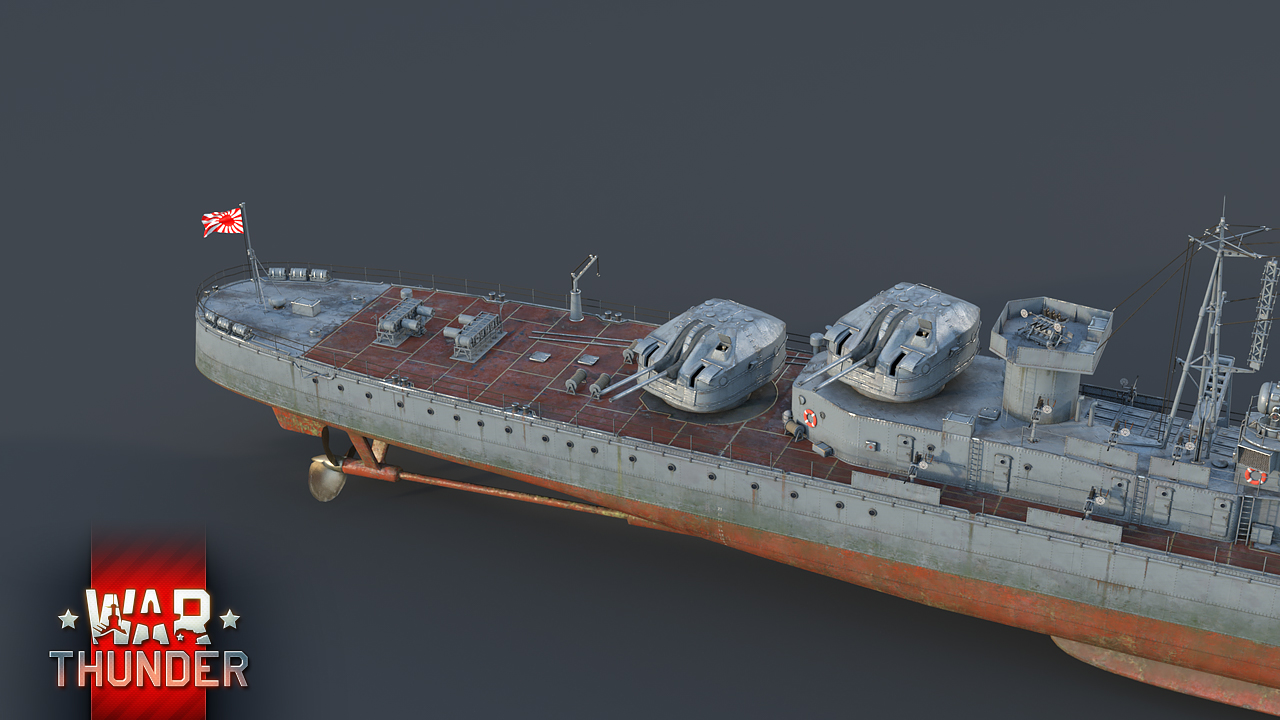
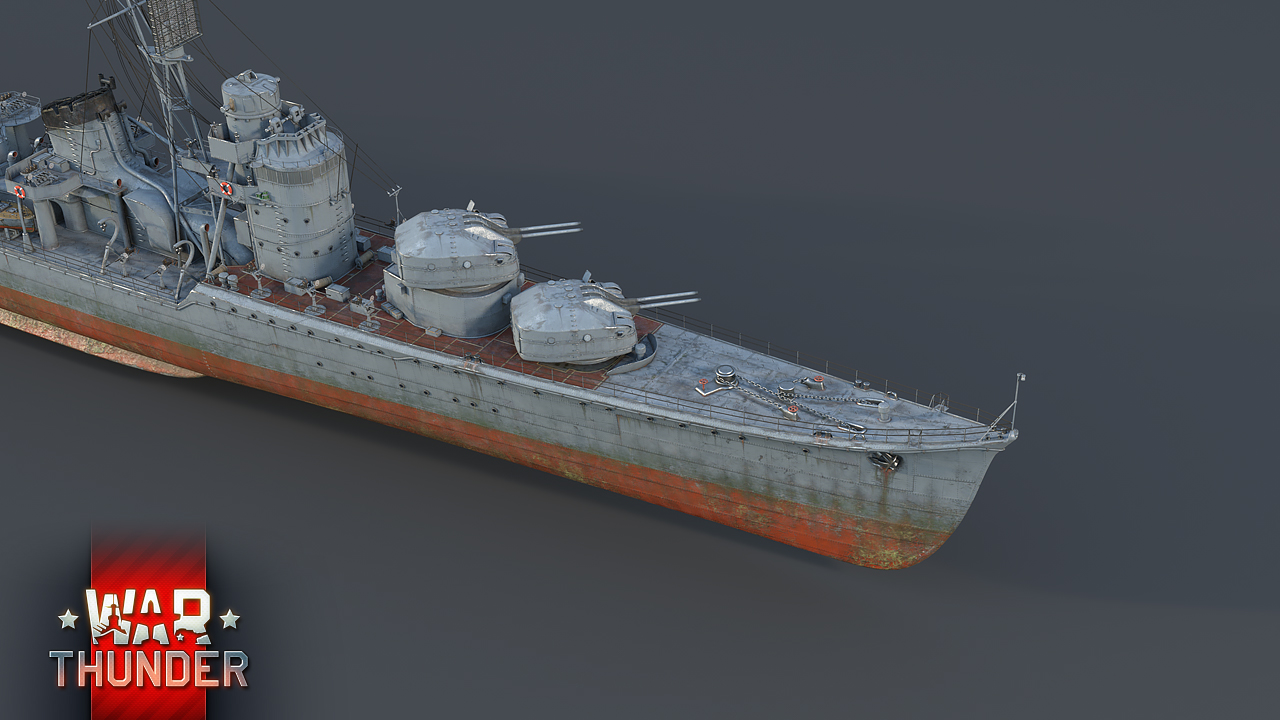
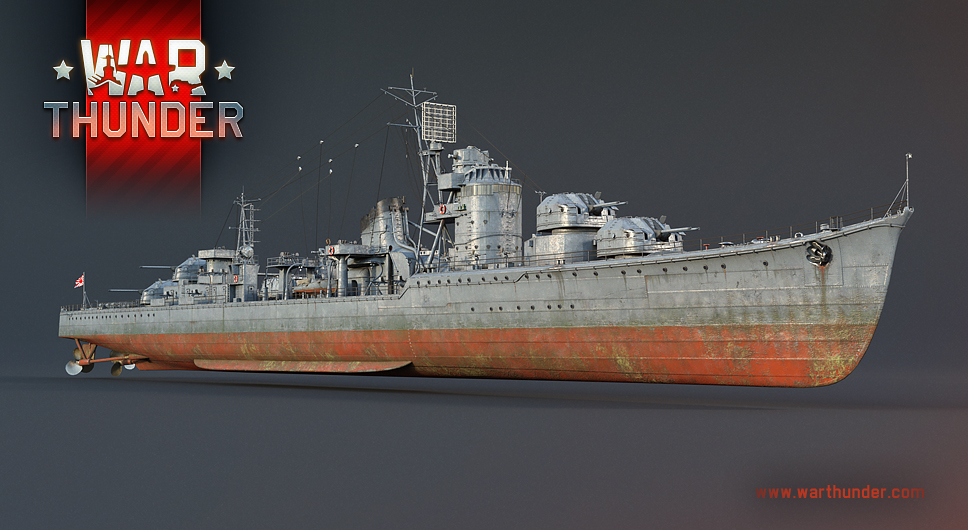

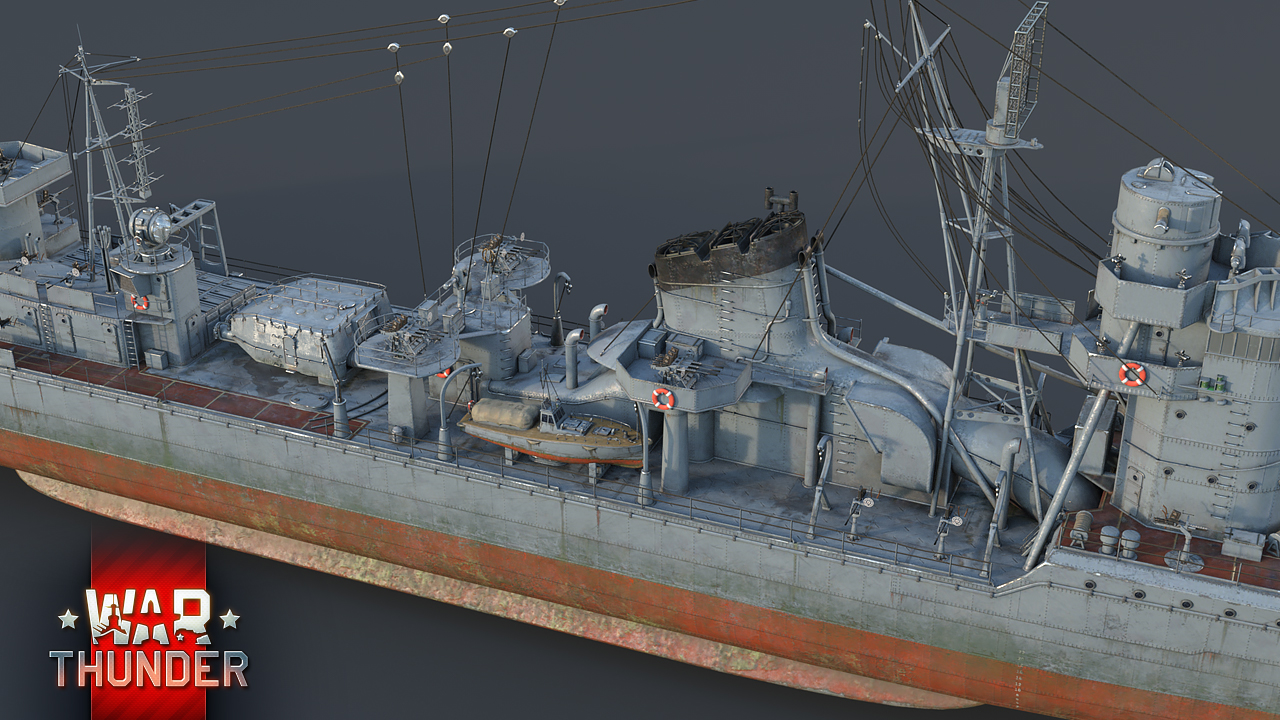
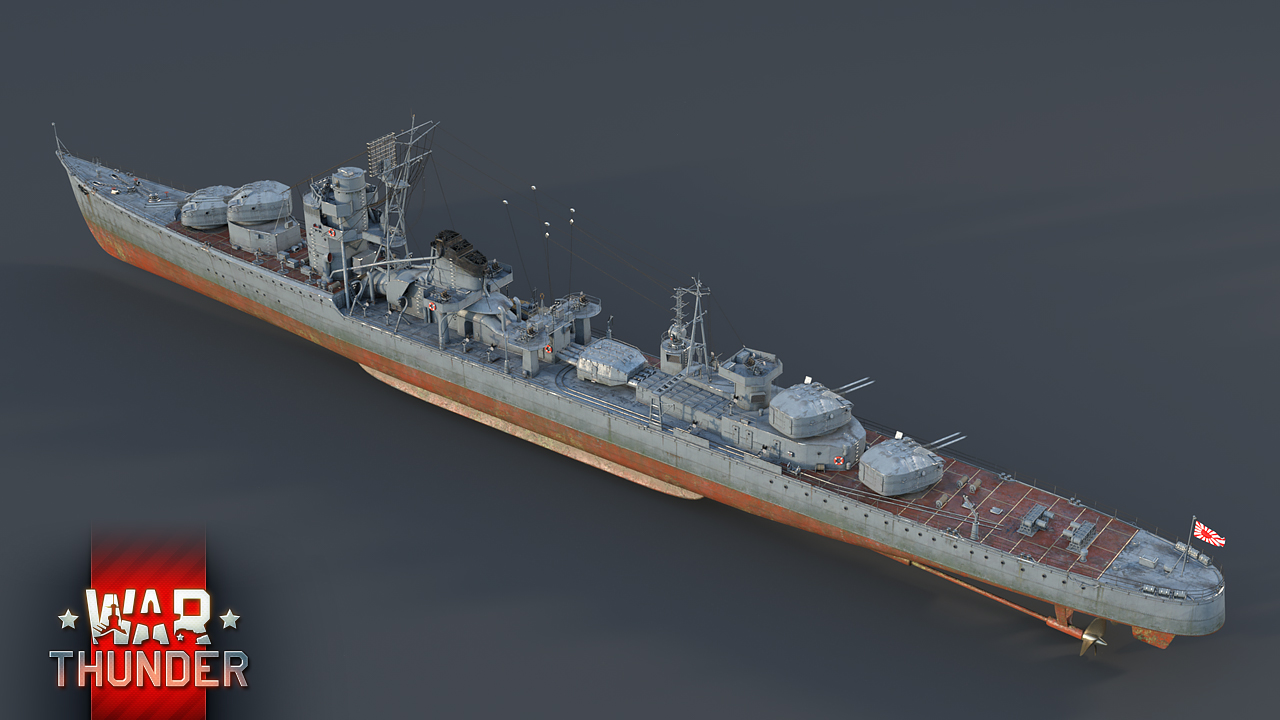
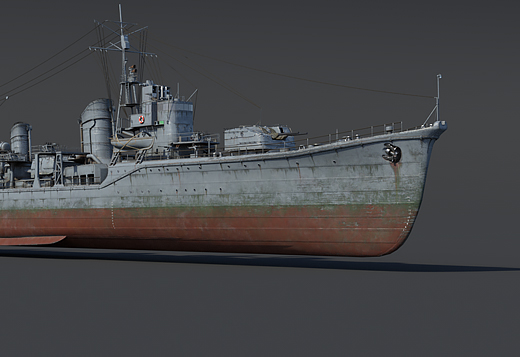
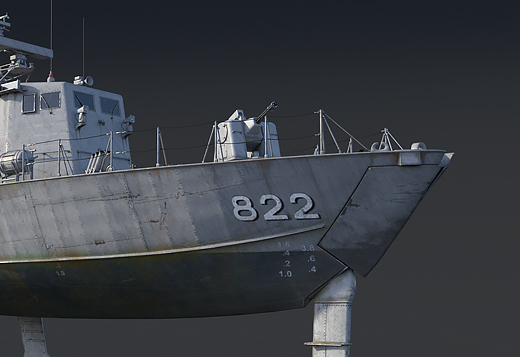
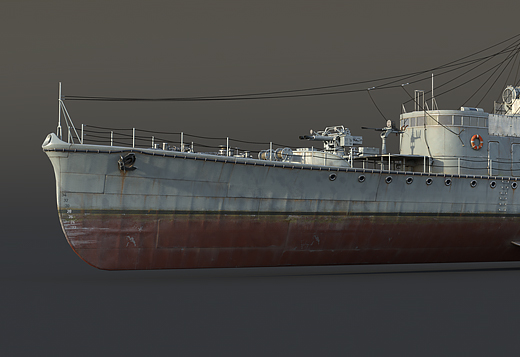
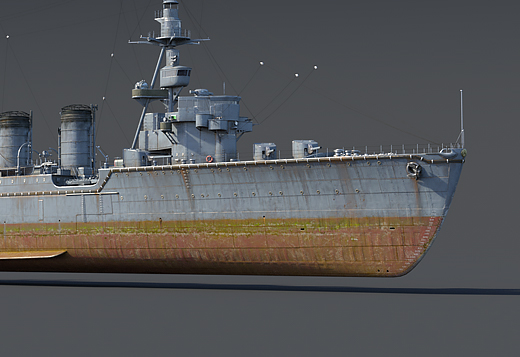
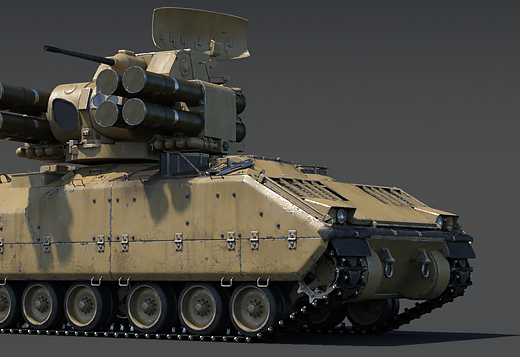
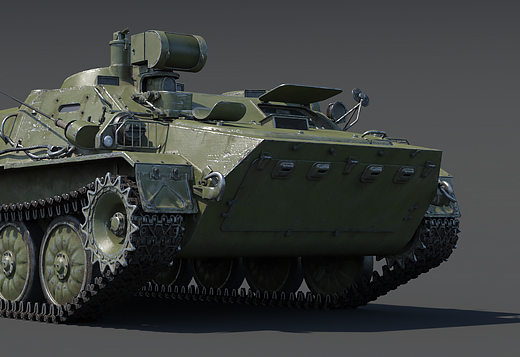
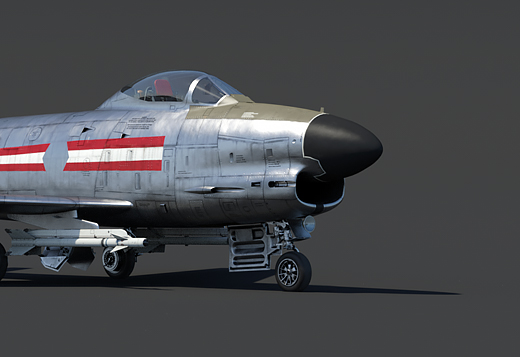

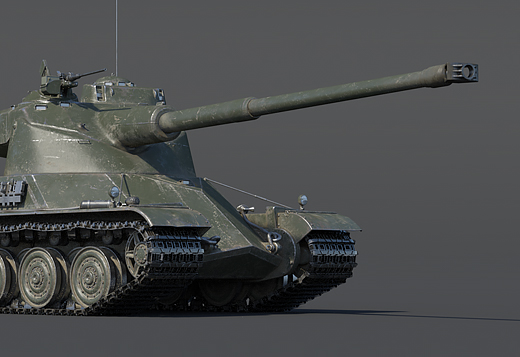




Comments (109)
Will we get more rank VI planes in the next update, apart from the F-86K?
#t2counterwhen?
Stay tuned.
I already see the 100mm HE shells strugeling dealing any hull damage to the armored american destroyers. But it sounds like a very intresting ship👍
tenno heika banzai !!!!!!!
GIVE ME SHIMAKAZE GAIJIN
Our thoughts light the Darkness that others may cross space. We are one with the Emperor, our souls are joined in his will. Praise the Emperor whose sacrifice is life as ours is death. Hail his name the Master of Humanity.
Poiiii
poi poi poi
she is beautiful as all the Imperial Japanese Navy vessels are i have good hopes for the Japanese Navy
Agreed I look at the Myoko CA and I think that is a good looking ship.
Sadly I didnt as I had the feeling they wont get AP shells, and i was right... yet Russian 180mm get AP, but they need to get them for balance right?
It's awesome to see that Akizuki, i saw it coming already. But as a ground forces main i hope Japan get at least one, just one new ground vehicle.
I understand if it not possible at this stage of development, but I would love if an "x-ray mode" view was included in the pictures. The internal compartment arrangement is often as important for performance as the external (love the pictures you do upload though).
That would actually be usefull yes!
Next, please show us a low tier Japanese ship! To be honest, I really don't care about these high tier vehicles. Unless you raise the amount of RP earned per battle.
Submit a complaint